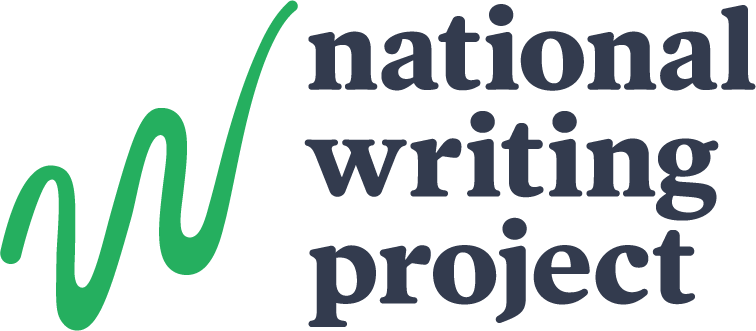Molly Fishback, I Was A Kid
More about Molly Fishback and Morgan Rondinelli @ I Was A Kid


Artist Molly partners with Morgan Rondinelli on Not Alone Notes, a support program for young people with Obsessive-Compulsive Disorder (OCD). Responsible for visuals that convey resources for participants, she uses her notebook as a place to brainstorm, refine, and finalize her concepts, as well as to explore different media and techniques.
“I have multiple notebooks for different things. This one is the one I usually use for sketching before I draw something on a larger scale or before I make the idea into something else, like a digital image or embroidery.”
Say she’s drawing a bird. She’ll sketch different birds, or position the birds in different ways, or experiment with cartoons vs. more realistic drawings. Reference pictures help her fill in the blanks of her own memory of what the birds look like. Understanding how art makes her feel has been an important part of her own teaching.
“During the pandemic, when so many classes were on Zoom, I did a ton of drawing.I don’t sit in silence listening to something. I have a really hard time listening to classes or podcasts unless I’m drawing. I don’t like sitting in silence in my own thoughts. When I’m drawing, my mind is not wandering as much.
Molly’s art challenges often come from her work. She meets them through a process of drafting and revising in her notebook.
“The International OCD foundation also has advocates that help them with projects. They asked for a blog post about why I advocate. And I’m not much of a writer! I decided to illustrate my answers. So they had different questions.
“You can see the questions that they asked, like on the top leftish. One of the questions, like, why did you become an advocate? And then I answered it, to create change for friends, to help others, to help others feel less alone. And then you kind of just go around in the different quadrants. Each quadrant is a different answer to the question. And on the final one you’ll see that there’s writing like in between all the little lines and designs.”
But what if you’re a scientist, not an artist? How can drawing help you?
“I guess I would encourage people to draw what they’re looking at, which I know they might do anyway, but maybe look at it from a different angle or zoom in really, really close to it. Or look at the colors of whatever you’re looking at and draw a picture based on that. I just like thinking about all the different exercises that you can do with looking at an experiment or something like that, that are not just documenting everything.


